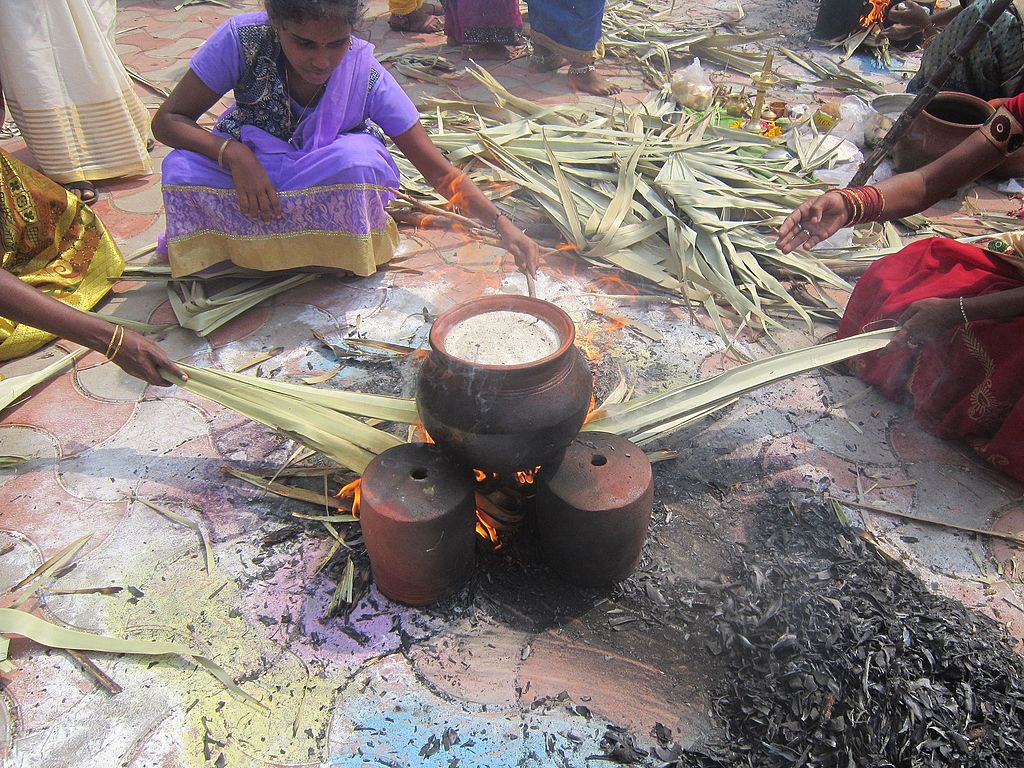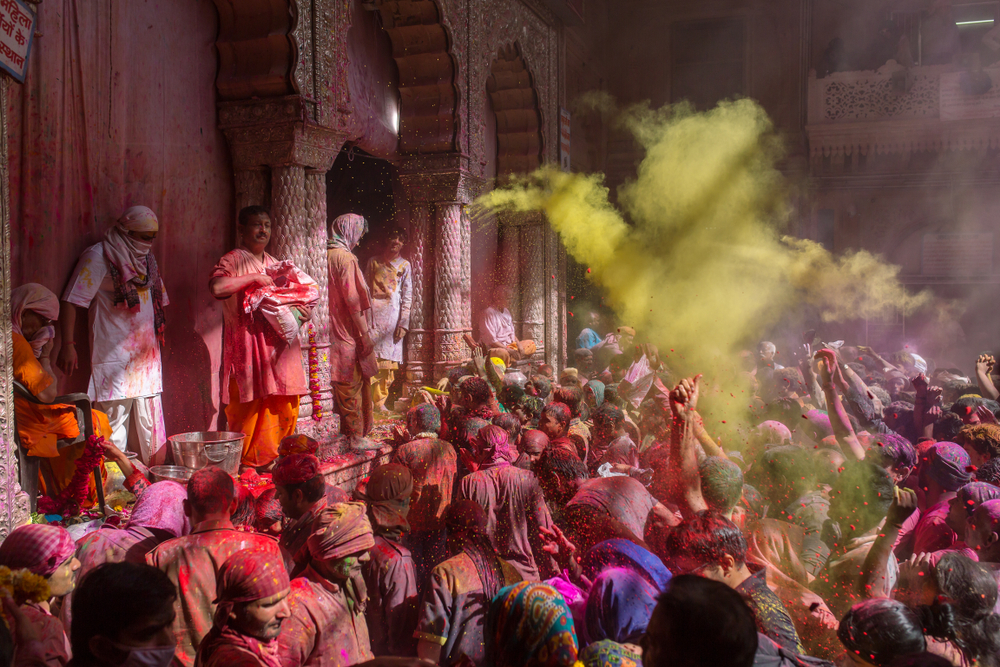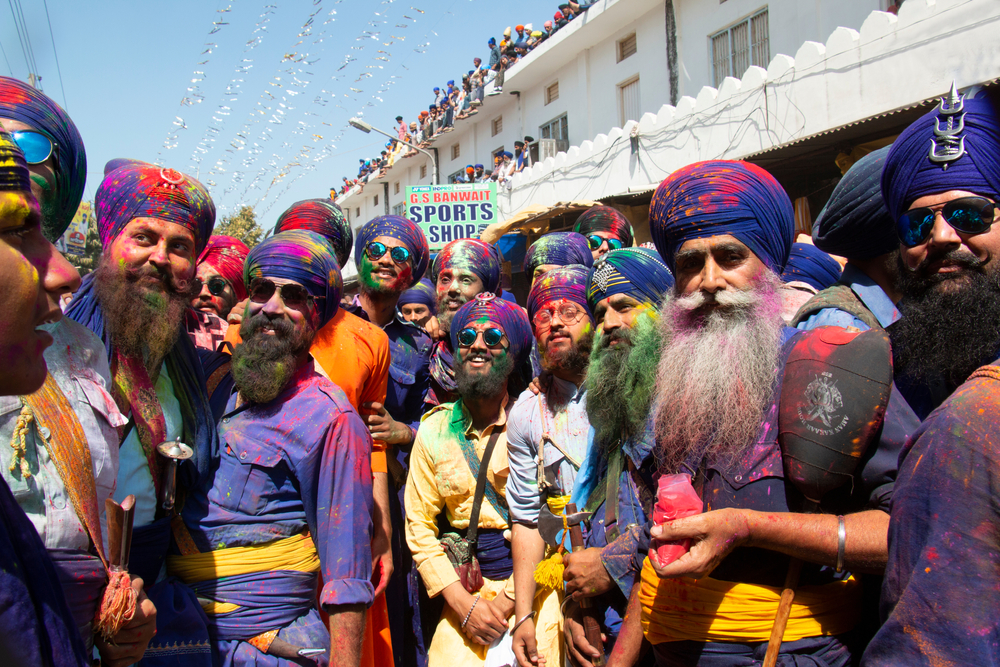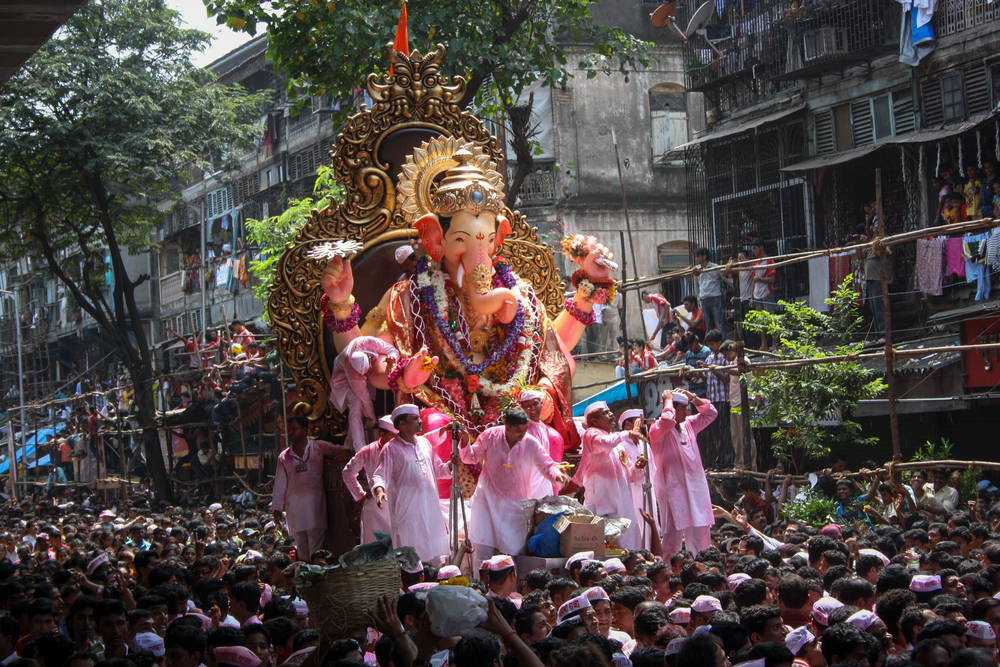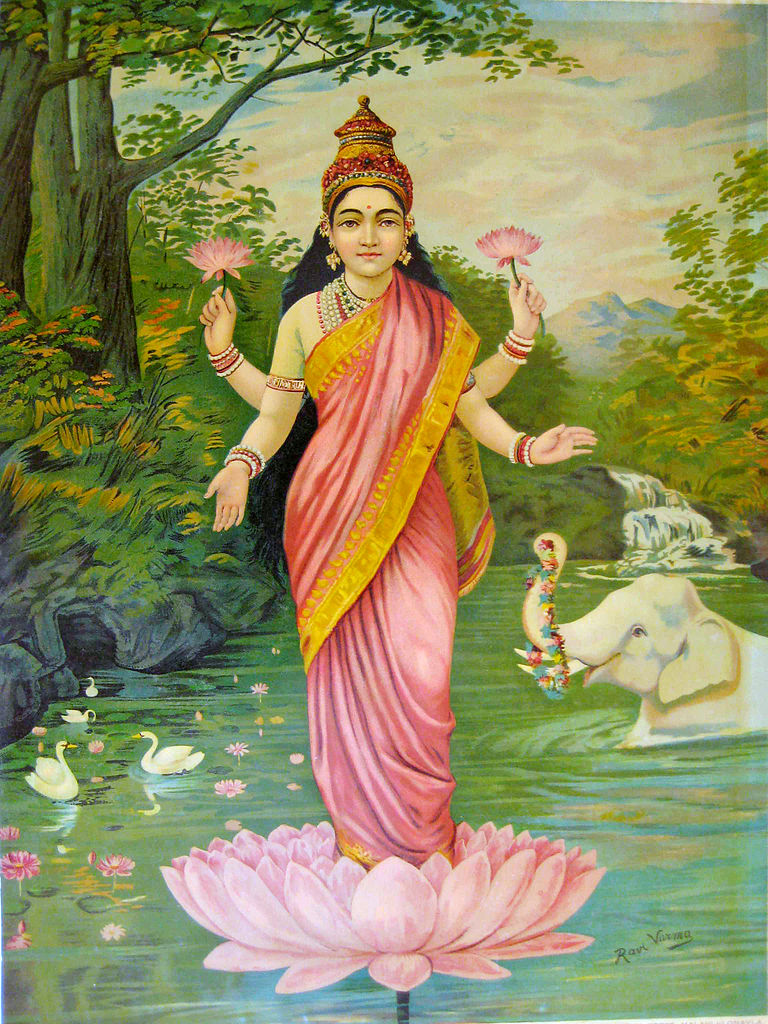Holidays and Festivals: Festivals

Calendar
| Festival | 2024 | 2025 | 2026 | Affected |
| Thai Pongal and Makar Sankranti | Jan. 14–17 | Jan. 14–17 | Jan. 14–17 | g, b, o, some r (regional, Hindu) |
| Holi | March | March | March | g, b, o, some r (regional) |
| Hola Mohalla | March | March | March | none |
| Ganesh Chaturthi | Sept. 7 | Aug. 27 | Sept. 14 | g, b, o, some r (regional) |
| Deepavali/Diwali (Festival of Lights) | Nov. 1 | Oct. 21 | Nov. 8 | g, b, o, some r (regional) |
Key:
g = government offices and institutions
b = banks and financial institutions
o = non-retail businesses/offices
r = retail businesses
Thai Pongal and Makar Sankranti
Date(s):
January 14–17
Closures:
Government, Banks, Offices, some Retail (regionally)
Description:
Thai Pongal is a four-day Hindu harvest festival that marks the sun’s crossing from the Tropic of Cancer to the Tropic of Capricorn. The next six months, while the sun moves northward, is called Uttarayana, an auspicious time for important events. Thai Pongal coincides with Makar Sankranti, which is a festival day dedicated to the sun god Surya.
Background:
The holiday originated as a harvest festival celebrated by the farmers at the end of the farming season. Today, Indians celebrate the day regardless of their profession but have different names and traditions in different regions. Other names are Til Sankranti, Kichri Sankranti, Lohri, and the bullocks festival. The name Pongal refers to the tradition of cooking rice, milk, and jaggery (sugar cane juice) on this day and allowing it to boil over.
How Celebrated:
On the night of January 13, northerners celebrate Lohri, the bonfire festival, by symbolically burning the departing winter. In the south, traditional Pongal celebrations last for three days. On the first day, people clean and whitewash the home, drive the evil spirits out of the home, and symbolically burn them. On the second day, they wear new clothes and cook the new harvest in new pots, allowing the rice to boil over. The third day honors the cows and buffaloes that helped plow the fields; the owners wash the cattle, decorate them, and lead them in a procession. Cattle fairs for buying and selling camels, cattle, and horses are common. In some areas, children sing traditional Lohri songs to their neighbors in exchange for coins and sweets. In others, people fly kites, pay calls on their friends, decorate houses with artwork called rangolis or muggulu, go on picnics, have boat races, or compete to tether a bull that has a moneybag tied to its horns. Traditional treats are sugarcane and food made with jaggery, til (sesame), and peanuts.
Holi
Date(s):
Day after the full moon in the Hindu month of Phalgun, usually late February or early March
Closures:
Government, Banks, Offices, some Retail (regionally)
Description:
A very popular Hindu spring festival, Holi marks the end of the winter gloom, as people rejoice in the bloom of springtime and welcome a fresh, new beginning.
Background:
Holi is an ancient festival of India and was originally known as Holika. Originally a festival to celebrate good harvests and fertility of the land, Holi is now a commemoration of a Hindu legend concerning an arrogant king who resents his son worshipping Lord Vishnu. The king attempts to kill his son but fails each time. Finally, the king's sister Holika, who is said to be immune to burning, sits with the boy in a huge fire. The prince emerges unscathed, while the aunt burns to death. This exuberant festival also is associated with the immortal love of Krishna and Radha.
How Celebrated:
On the eve of Holi, public bonfires recall the story of Holika and her son. Holi itself is a day of revelry, a day when one sheds social taboos in the name of fun. Beware when you go out onto the street, for total strangers are likely to smear you with colored powder (gulal) or squirt colored water at you. Feasts, music, and intoxicants also are part of the celebrations, and it is common to send greeting cards. Universal brotherhood is one of the themes of Holi, as everyone looks the same after being drenched with colors.
Hola Mohalla
Date(s):
Varies with the Sikh calendar; usually one day after the Hindu festival of Holi
Closures:
None
Description:
Holla Mohalla is a Sikh martial festival celebrated the day after Holi, the Hindu spring festival. It is also a day to remember Sikhs who died in defense of the country.
Background:
This holiday started through the efforts of the Sikh Guru Gobind Singh, who gathered his followers in order to check their military preparedness. He created Hola Mohalla as an alternative to the Hindu festival of Holi.
How Celebrated:
Sikhs around the world begin the day at the gurdwara (Sikh temple) with early-morning prayers. They bathe the holy book (Granth Sahib) in milk and water before placing it on the dais. Sikh participants dress in their traditional martial costumes for the grand celebrations and processions in the evening. Other activities on this day include mock battles, displays of swordsmanship and horse riding, and musical and literary competitions. Many Sikhs believe that Hola Mohalla is also the time for rededication to the service of the community. In the towns of Anandpur Sahib in Punjab and Kiratpur Sahib in Uttar Pradesh, thousands of people congregate for enormous processions. While only Sikhs participate in the festivities, the processions are public celebrations for all to see.
Ganesh Chaturthi
Date(s):
Fourth day of the Hindu month of Bhadraparda, usually August or September
Closures:
Government, Banks, Offices, some Retail (regional)
Description:
A Hindu festival dedicated to Lord Ganesh (also Ganpati or Ganapathi), the god with the head of an elephant. Also called Vinayaka Chaturthi, Ganesh Utsav, or the Birthday of Ganesha. Usually lasts ten days.
Background:
The story of Ganesh is that the goddess Parvati breathed life into a clay figure and ordered it to guard the door while she was bathing. When it barred her husband, Lord Shiva, Shiva cut off his head. Parvati was so angry that Shiva sent a servant to bring the head of the first creature he met. Shiva took the elephant’s head that the servant brought and revived Parvati’s guardian, thus creating Ganesh. Ganesh is the god of wisdom, success, and good beginnings, and is also known as the remover of obstacles.
How Celebrated:
Before the festival, one can buy clay statues of Ganesh in almost any size. Each community installs a statue in a temporary shelter called a pandal or a mandap. Individuals buy the statues and keep them in their homes for several days, making ritual offerings, until it is time for the procession. Large crowds carry their images to the sea (or to a river, or a well) and throw them into the water, chanting "Lord Ganpati, come again soon next year." In Maharashtra, the holiday is an occasion for a festival of music, dance, poetry, film, and drama.
Deepavali/Diwali (Festival of Lights)
Date(s):
End of Hindu month of Ashwayuja, usually in October or November
Closures:
Government, Banks, Offices, some Retail (regionally)
Description:
Deepavali or Diwali, also known as the Festival of Lights, is one of the most popular and eagerly awaited festivals in India. Both Hindus and Sikhs regard it as a celebration of life and use the occasion to strengthen family and social relationships. The holiday symbolizes the victory of good over evil, and lamps signify celebration and hope for humankind.
Background:
There are several beliefs regarding the origin of the holiday. The most popular version is that the holiday celebrates the time when Lord Rama achieved victory over Ravana. Some also view it as the day Krishna defeated the demon Narakasura, or in honor of the day Bali went to rule the nether world, obeying the order of Vishnu.
How Celebrated:
This day is celebrated throughout India on the 20th day after Dussehra. Oil lamps, or diyas, brighten up each home, and firework displays light up the sky. This festival also ushers in the start of the Hindu New Year. Hindus worship the Goddess Lakshmi, goddess of wealth, and Lord Ganesha, the elephant-headed god who is a symbol of wisdom. Diwali is a time for cleaning, painting, and decorating. Hindus wear new clothes and families gather to pray and share sweets. In West Bengal, the Diwali festival is celebrated as Kali Puja in which Kali, Shiva's wife, is worshiped.
Copyright © 1993—2024 World Trade Press. All rights reserved.

 India
India 